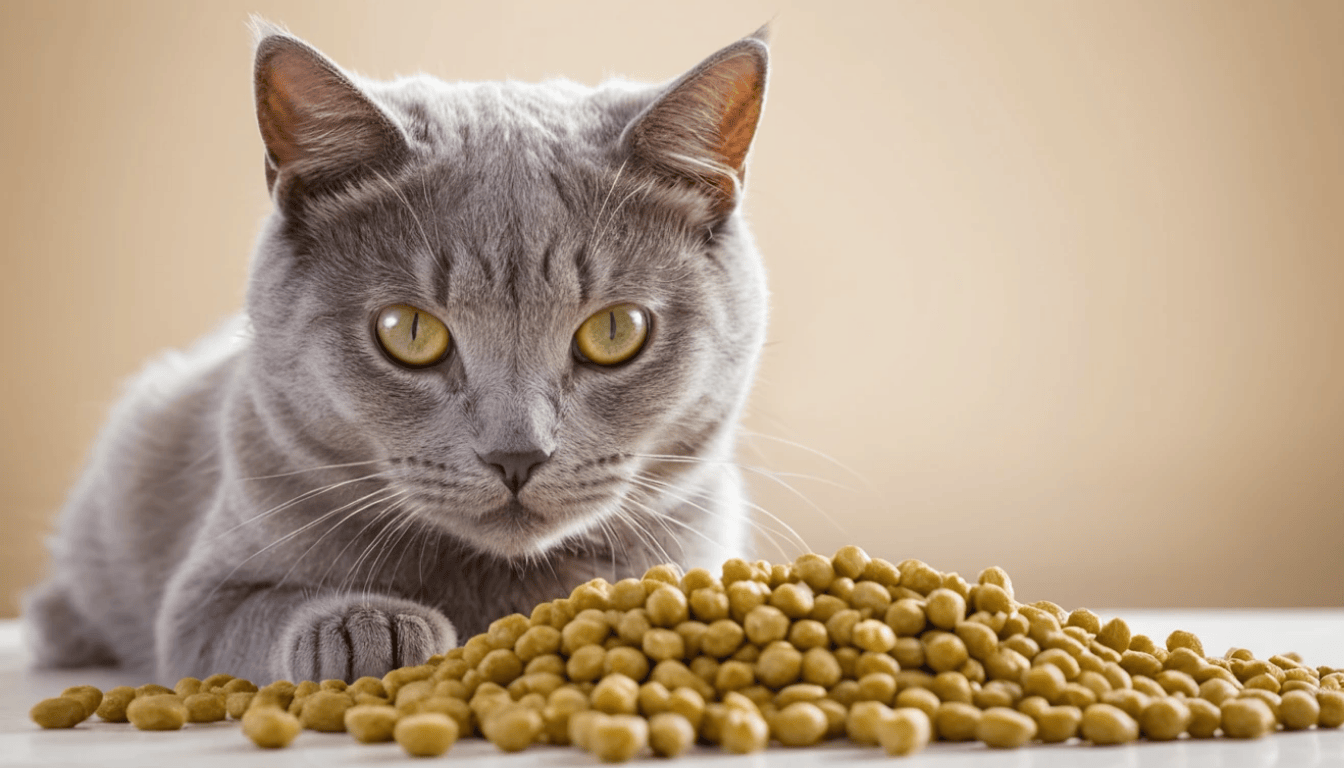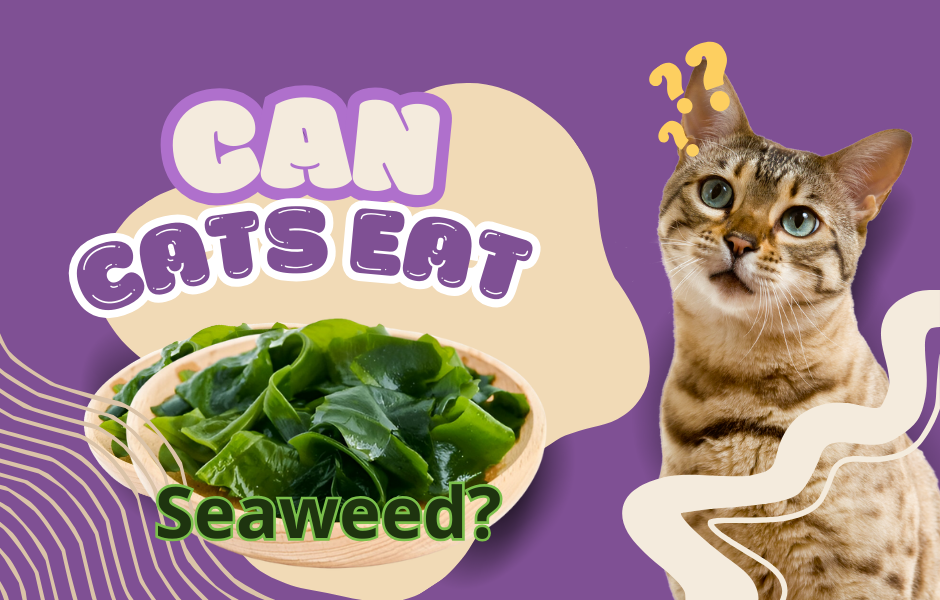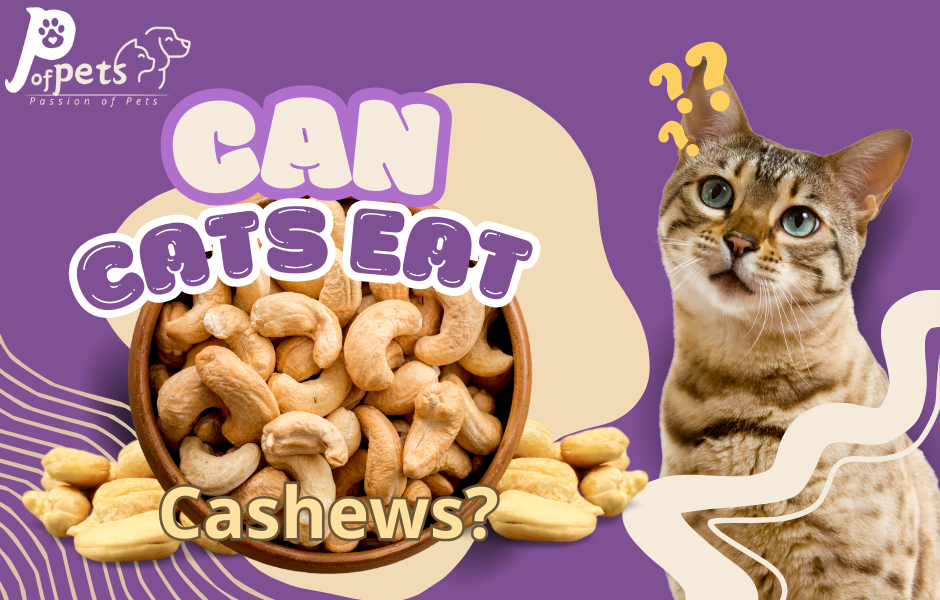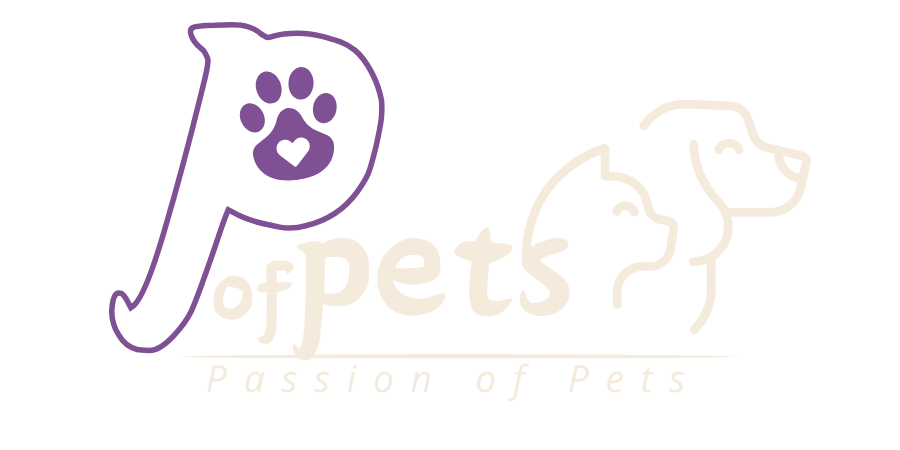Choosing the right food for your cat is one of the most important decisions you’ll make as a pet parent. While many commercial cat foods claim to be “complete and balanced,” not all are created equal. Some contain low-quality or harmful ingredients that can lead to long-term health issues from allergies and digestive problems to chronic diseases like diabetes and kidney failure.
In this comprehensive guide, we will reveal the worst ingredients in cat food to avoid, inform you as to why they are poisonous, and explain how to make better decisions when selecting adult cat dinners.
We will then relate this to our other piece on wet vs. dry food for adult cats, so you can see why ingredient quality is vital and how it relates to your feeding regimen.
So, let’s begin.
Why Ingredient Quality Matters in Cat Food
Cats are obligate carnivores, i.e., their bodies are designed specifically to thrive on animal-protein based ingredients, not plant fillers or additives. Their food must give them essential nutrients like:
- Taurine (vision and heart function)
- Arachidonic acid (an essential fatty acid)
- Vitamin A (felines lack the capacity to synthesize it)
- Quality protein sources (meat, fish, poultry)
Unfortunately, low-cost cat food includes cheap replacements that give little or no nutritional value and can even harm your cat in the long term.
10 Ingredients to Avoid in Cat Food at All Costs
1. By-Products (Low-Quality Meat Sources)
Even though “animal by-product meal” is a seemingly harmless name, it may include pieces like lungs, spleen, and feathers — not muscle tissue. These lack the amino acid combination your cat needs.
✅ Improved Option: Choose named meats like “chicken powder” or “turkey powder” rather than the generic “meat by-products.”
2. Artificial Preservatives (BHA, BHT, Ethoxyquin)
Artificial preservatives are used to enhance shelf life but have resulted in cancer and liver damage in animals.
✅ Improved Option: Choose foods preserved with natural antioxidants like vitamin E (tocopherols) or vitamin C.
3. Artificial Colors and Flavors
Feline cats have no preference regarding color of food that is done by humans. Chemical coloring additives like Red 40 or Yellow 5 don’t provide anything nutritionally speaking and can precipitate allergy reactions.
✅ Enhanced Alternative: Instead, employ naturally flavored items using real meat or broth.
4. Corn, Wheat, and Soy
These troublemakers are widely utilized as cheaper fillers. Cats don’t need grains cats need protein.
Better Option: Select grain-free products with high protein content and other fiber sources like pumpkin or beet pulp.
5. Animal Fat (Particularly Unspecified Sources)
Named “animal fat” without specification can come from any animal including low-quality or diseased livestock.
Better Option: Select names of specific fats like “chicken fat” or “fish oil” that are rich in omega-3 fatty acids.
6. Propylene Glycol
Propylene glycol is used in semi-moist cat foods and is toxic to red blood cells in cats. It’s not allowed in U.S. cat food, yet shows up in some imported varieties.
✅ Healthier Alternative: Opt for natural moisture-based wet foods rather than chemical humectants.
7. Carrageenan
This seaweed-based thickening agent has been implicated in both animal and human gastrointestinal inflammation.
✅ Better Option: Select formulas that use safer alternatives like guar gum or xanthan gum.
8. Gluten and Gluten-Based Fillers
Gluten intolerance in cats is rare, but gluten-containing grains like wheat and barley are of minimal nutritional value.
✅ Better Option: Select gluten-free, high-protein meals that revolve around meat first.
9. Excessive Salt and Sodium
Excessive salt can cause hypertension and kidney disease in cats, especially older cats.
✅ Better Choice: Choose low-sodium products and avoid human foods like canned tuna that is packed with brine.
10. Sugar or Corn Syrup
Some cat foods, especially flavored treats or pâtés, contain added sugars. Cats do not need sugar biologically and can become insulin resistant or develop diabetes from overuse.
✅ Better Choice: Only use pure meat-based products without sweeteners.
How to Read a Cat Food Label Like a Pro
Here’s how to look for red flags on the label:
Check the First Few Ingredients: The first five ingredients need to be meats (such as chicken, turkey, salmon).
Avoid Long Lists of Chemicals: If you can’t pronounce it, your cat shouldn’t be eating it.
Check AAFCO Approval: This ensures the food meets minimum nutritional standards.
Be Cautious of Vague Descriptions: “Meal” or “by-products” without exact definition = warning sign.
Wet vs Dry Food: Which Is More Likely to Contain Harmful Ingredients?
Both wet and dry cat food contain offending ingredients, though both pose their own dangers:
| Type | Common Issues | Safer Options |
|---|---|---|
| Wet Food | Carrageenan, artificial gelling agents, propylene glycol | Brands using natural thickeners like agar-agar or gelatin |
| Dry Food | Grains, artificial preservatives, fillers | Grain-free, dehydrated, or baked kibble with whole meat |
For more details, see our full comparison in wet vs dry food for adult cats .
Scientific Studies Supporting Safe Cat Food Choices
A number of studies list the dangers of certain ingredients in cat food:
- Scientists in the Journal of Animal Physiology and Animal Nutrition found that high-plant-protein diets led to taurine deficiency in cats.
- Tufts University studies showed that carrageenan caused inflammation of the intestines in lab animals.
- The FDA has warned against ethoxyquin content in pet food, demanding tighter regulation.
Always use good-quality brands and consult your vet if unsure.
How to Know If Your Cat Is Responding to Low-Nutrient Ingredients
Be on the lookout for these signs your cat is negatively reacting to their food:
⚠️ Frequent vomiting or diarrhea
⚠️ Over-scratching or shedding
⚠️ Sudden weight loss or gain
⚠️ Lethargy or irritability
⚠️ Bad breath or gum disease
If you observe any of these, think about switching to a better-quality formula and talk to your veterinarian.
Final Thoughts: Choose Wisely, Feed Well
Your cat relies on you to serve healthy, safe meals. By not using unhealthy ingredients and opting for high-quality cat food, you’re spending money on your pet’s future health and well-being.
Remember: Always read labels carefully, prefer meat-based nutrition, and coordinate your feeding decisions with your cat’s lifestyle and nutritional requirements.
Yuns Legdm is a passionate advocate for pet care and the founder of this website, dedicated to providing valuable information for fellow pet lovers and veterinary professionals worldwide. With a deep love for animals, Yuns created this platform to connect passionate pet owners with expert insights from veterinarians around the globe.
This website grows with you—the passionate pet owners and veterinary experts—creating a trusted space where knowledge, experience, and love for animals come together. Whether you’re seeking advice on pet health, nutrition, or general well-being, this platform is here to support you on your journey of responsible and loving pet care.





